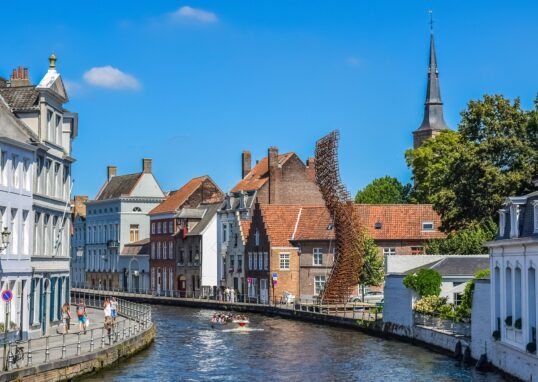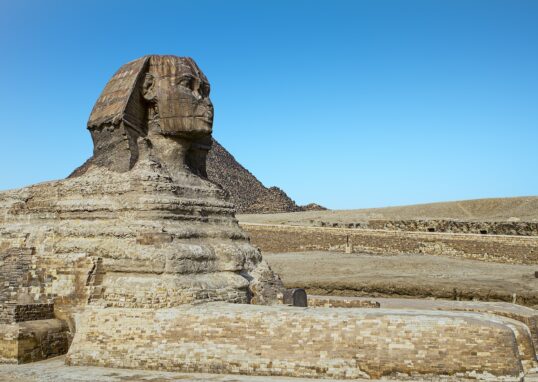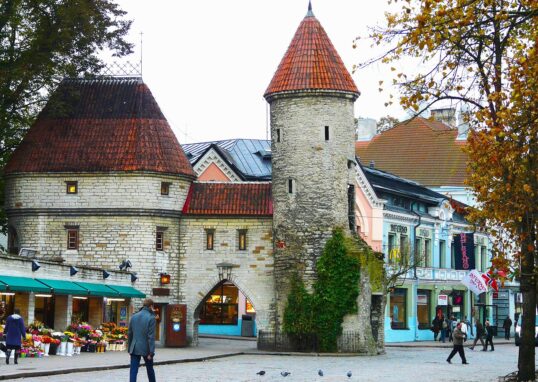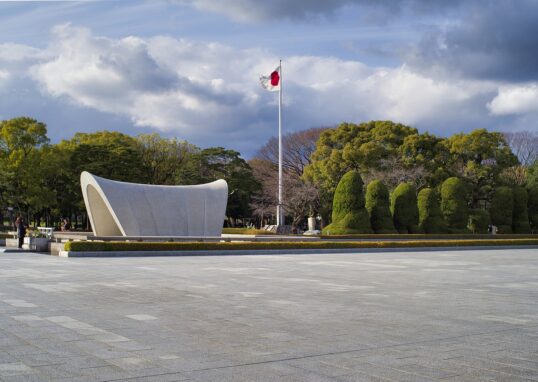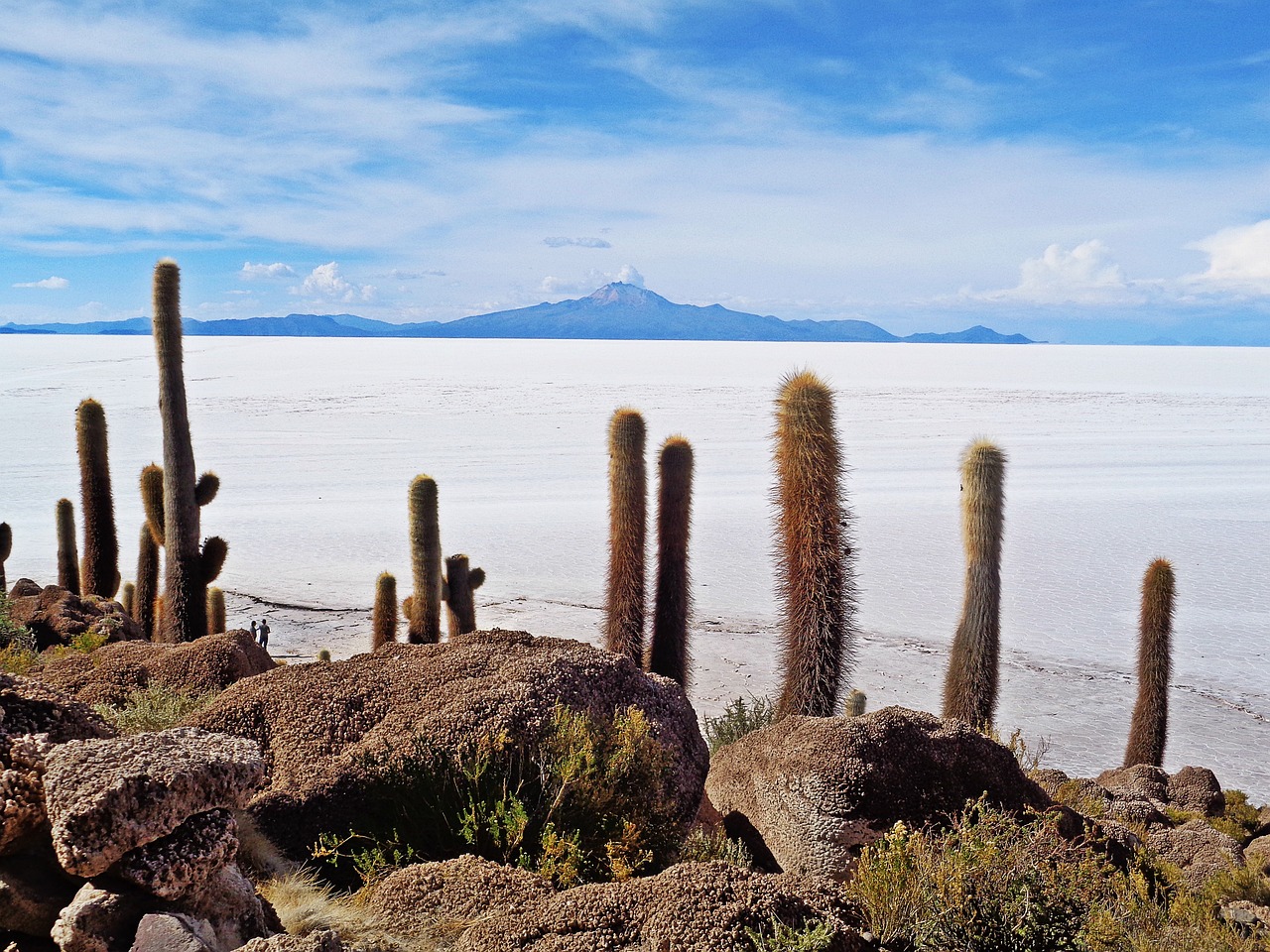
Great White Oblivion: Bolivia’s Salt-Crusted Dream Dimension
Bolivia’s Salar de Uyuni is a stunning natural creation in southwest Bolivia and among the world’s most beautiful and hypnotizing destinations. The salt flat, which spans a vast area of 10,000 square kilometers (3,900 square miles) and is the largest of its kind, attracts tourists with its unique landscape, exceptional cultural experiences, surreal sights, and much more. During the rainy season, it is known for its spacious, mirror-like surface and the infinite white expansion of the dry season. Salar de Uyuni is a destination that attracts imagination and excites visitors.
Salar de Uyuni, Bolivia : the World’s Largest Salt Flat
Formation and Geological Background
Salar de Uyuni, formed by the evaporation of ancient lakes, primarily Lake Minchin, is a salt flat that existed approximately 10,000 years ago. Accordingly, the lake dried up, leaving a solid layer of salt and mineral-laden brine on the surface, which currently serves as the flat’s base. Beneath the salt crust lies a vast reserve of lithium, a mineral essential for battery production, converting this into a consumable advantage for Bolivia. During the rainy season (December to April), a thin layer of water turns the salted flat into a vast natural mirror, completely reflecting the sky and creating a dream-like illusion of infinity. This phenomenon creates some of the most amazing images, such as the horizon disappearing and the sky merging with the ground. The dry season (May to November) reveals the cracked, hexagonal pattern of the salt surface, as far as the eye can see. Stark, the white landscape is equally fascinating, offering a unique and almost foreign beauty.
One of the most prestigious places in Salar de Uyuni is Isla Inkhusi (Fish Island), a rocky island covered in giant cacti growing from the salt surface. Visitors can climb up to the top of the island for panoramic views of endless white expanses. Another highlight is a train cemetery on the outskirts of Uyuni City, where the locomotives of the 1900s must rust as the remains of Bolivia’s mining history.
The Stunning Mirror Effect
Indeed, the most recognizable feature of Salar de Uyuni is its mirrored surface, which spans from December through April, the rainy interval when the salt flat is saturated. When a thin layer of water is laid over the salt flat, it is as if a duplicate sky is created, which makes the line between land and sky disappear. Thus, this phenomenon is a source of attraction to photographers and adventurers who trail to capture this surreal show.
Unique Attractions in Salar de Uyuni
- Salt Hotels:
Among several hotels in the area, such as the Palacio de Sal, the construction is primarily done with salt blocks, such as furniture and walls. By staying in hotels like these, guests enjoy an exclusive experience that brings them closer to the region’s natural elements.
- Train Cemetery:
Located outside the city of Uyuni is an assembly of the rusted past: abandoned locomotives from the early 20th century. This cemetery of Wilted Souls is a poetic representation of the industrial era that is now in the past, and it is also a favorite haunt of photographers due to the site’s unique characteristics. - Incahuasi Island:
Also known as Isle “Fish,” this island is being lifted out of the salt flats as if by nature, and it is covered by towering giant cacti. Hikers can enjoy panoramic views of the salt desert from this vantage point, making the visit worthwhile. - Ojos del Salar:
Windwallowing, they are also the rescans of the salt pan, the natural holes in the salt crust where the underground water bubbles up. The Salt Flat Eyelets are amazing geological formations of rock lying over small ponds.
The discovery of Salar de Uyuni typically involves a jeep tour, which allows travelers to explore deep areas within the salt flats and surrounding regions. This tourism often includes trips to nearby attractions, such as the colorful lagoon, where mineral-rich water produces striking colors of red, green, and blue, as well as Eduardo Avaroa and the Eduardo Avaroa National Reserve, featuring flamingos, vicuñas, and other wildlife. Sol de Mansen’s geysers and Luxurious Kalarda’s warm springs are popular stops, offering a chance to witness Bolivia’s geothermal activity and relax in the natural thermal pool.
Wildlife and Biodiversity
Despite its dismal landscape, Salar de Uyuni is home to a variety of exotic animals, despite its vast surface and desolate appearance.
- Flamingos: The area hosts several species of flamingos, including Chilean, Andean, and James’s, especially during the wet season when these birds congregate on the salt flats to breed.
- Vizcachas: These rabbit-looking creatures can be frequently seen beside rocky outcroppings.
- Endemic Plant Life: Salt-tolerating plants, such as quinoa, flourish around the borders of the flats.
Cultural and Historical Significance
Salar de Uyuni is a place of historical and cultural importance:
- Indigenous Heritage: The salt flats are part of the ancestral lands of the Aymara and Quechua peoples. These indigenous people have preserved their age-old salt mining technologies.
- Local Festivals: Tourists who visit during local festivities can experience traditional dances, music, and rituals performed in harmony with the natural environment.
Best Times to Visit Salar de Uyuni
- Wet Season (December to April): This is ideal for the mirror effect, but traveling around can be somewhat challenging, as some areas may be underwater.
- Dry Season (May to November): A good time to take a walk on the salt surface, which, thanks to its hexagonal forms, looks like a natural puzzle piece. The dry season also provides adventurers with better access to secluded areas, such as Incahuasi Island.
Salar de Uyuni is a visual miracle with significant economic and cultural significance for Bolivia. The salt surface contains vast lithium reserves, a crucial component in batteries for electric vehicles and electronics, making it a vital resource for the country. Additionally, indigenous peoples in the region have utilized salt for centuries, and visitors can learn about traditional salt harvesting methods and the local culture.
How to Get There
The starting point for the majority of visitors is the town of Uyuni, which is reachable via:
- Flights: Non-stop flights to Uyuni Airport are operated from La Paz.
- Buses: La Paz and other Bolivian cities provide low-cost overnight bus services to travelers. Adding one more sentence to the one given,.
- Trains: The train through the mountains from Oruro to Uyuni is beautiful and comfortable.
Exploring the Salt Flats
- Guided Tours:
Many-day tours are the most common way to visit the Salar de Uyuni and its nearby attractions. Such tours feature equipped vehicles and well-informed guides who navigate their paths through the boundless and ever-changing wilderness. - Photography Tips:
The salt flat’s vast flatness and mirroring quality provide photographers with unique opportunities for creativity. Some tourists use spoons or ottomans to create impossible images. Actionable items have not been bolded in this example: break time, highlighting the spec comics, and underlining.
Sustainability and Challenges
Salar de Uyuni; the problems related to tourism and lithium mined by it:
- Tourism Impact: On the one hand, the influx of visitors helps the region’s economy, but on the other hand, it also threatens the fragile ecosystem. Tourism plays a crucial role in the local economy’s development. Still, it is also necessary to ensure that the gentleness of tourism is practiced by leaving no trace and supporting the local businesses.
- Lithium Extraction: Bolivia has only about 7% of the world’s lithium reserves; however, a significant portion of these reserves is located under the country’s extensive salt flats. Thus, the extraction of this metal should strike a balance between economic growth and environmental protection.
Practical Tips for Visitors
- What to Pack:
- Sun protection (sunglasses, sunscreen, and hats) is essential due to the high altitude and reflective surfaces.
- Warm clothes are essential as the temperature drops significantly at night.
- Altitude Awareness: Uyuni is located more than 3,600 meters (11,800 feet) above sea level, so visitors should acclimate to the environment to avoid altitude sickness.
- Safety: Use a reputable tour company and stay well-hydrated.
Surrounding Attractions
- Eduardo Avaroa Andean Fauna National Reserve: This park is nearby. The reserve comprises breathtaking scenery, a crater-like red lake, and geysers.
- Tupiza: This area boasts grandiose canyons and valleys, making it perfect for hiking and horseback riding.
Salar de Uyuni’s journey is an adventure in itself. Most passengers start in Uyuni City, which can be reached by bus or flight from large Bolivian cities such as La Paz or Sucre. The external location and high elevation require some preparation, but this effort is worth it for the unique beauty and serenity of the salt flat.
Conclusion
Salar de Uyuni is a destination often compared to the Moon. Its real landscapes, unique natural phenomena, and cultural significance make it a destination for any traveler seeking adventure and surprise. Whether you occupy the proper reflection, miracles make tremendous white expansion, or search for the surrounding attractions, Salar de Uyuni promises an experience that is out of this world. Also, travelers visit the Atacama Desert, located in northern Chile, one of the most amazing and extreme landscapes on Earth. Salar de Uyuni a place you cannot find anywhere else that lures tourists to its mysterious otherworldly beauty, rich culture, and biodiversity. The salt flats offer an extraordinary experience, whether it’s for the magical mirror effect, the unusual salt formations, or to connect with Bolivia’s indigenous culture. The crystal salt surface stretches out across the sky, and you seem to be standing over boundless blue horizons while exploring other fascinating natural phenomena. Respecting this natural wonder by practicing responsible tourism and following the rules, you will contribute to its preservation for future generations.





